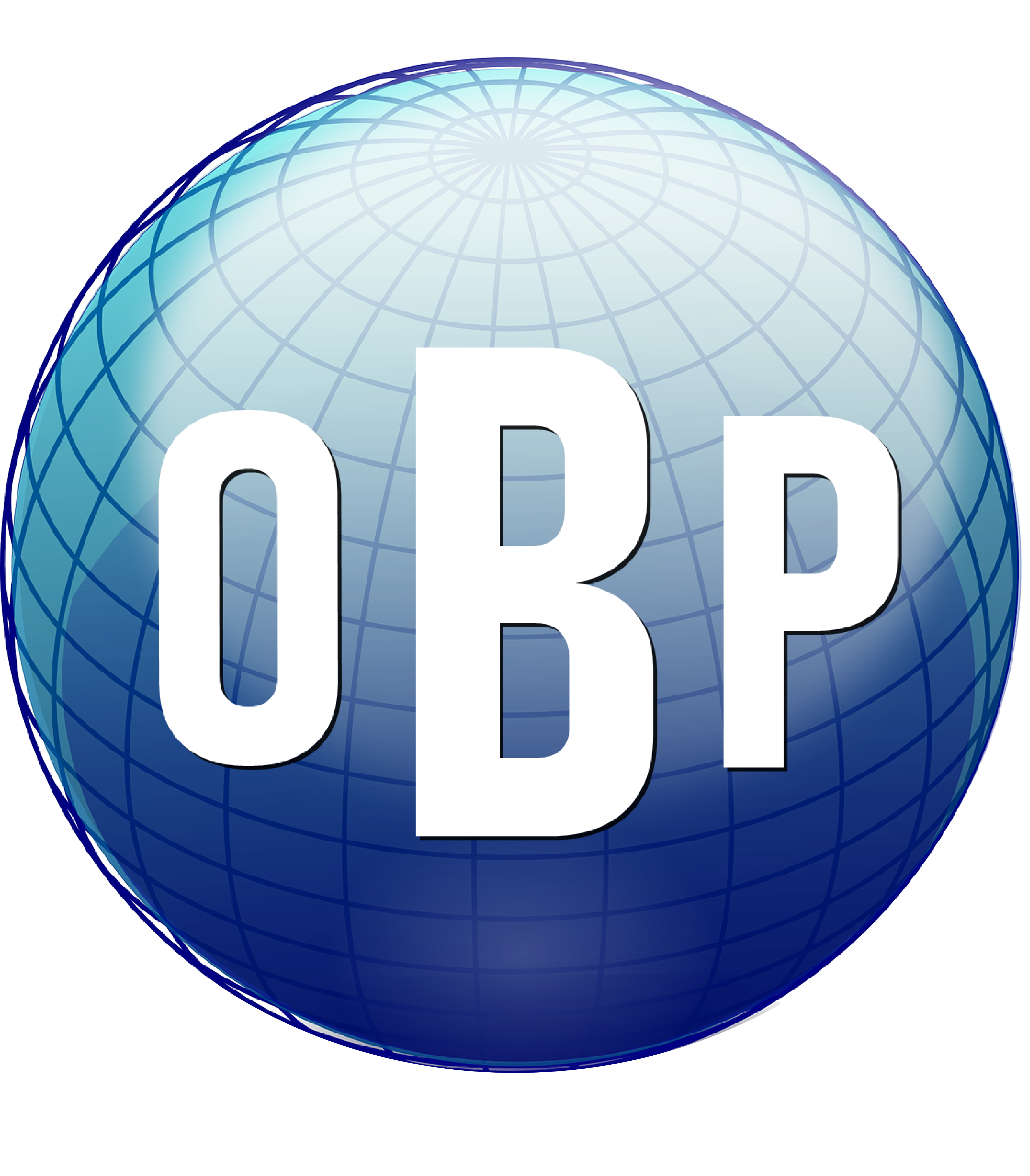Turning your skills into money is a way to achieve financial independence, but also to empower your creativity, and foster your personal growth. Let’s get into the details…
- Identify your skills and interests to find your freelance niche.
- Understand the market demand for your skills to ensure profitability.
- Learn how to start as a freelance writer and build a strong portfolio.
- Discover the essentials of freelance graphic design and portfolio creation.
- Expand your services to include other creative skills and maintain multiple income streams.
Finding Your Freelance Niche
Starting your freelance journey is like setting out on an adventure. You’ve got skills, enthusiasm, and the drive to succeed. But first, let’s figure out where you’ll shine the brightest. The first step? Identifying your niche. This is where you’ll dig deep to understand what you’re really good at and what you love doing. Maybe it’s writing, perhaps it’s graphic design, or it could be web development. The key is to match your passion with a need in the market. So, grab a notepad and let’s brainstorm!
Assessing Your Strengths and Talents
Think about the tasks you enjoy doing and the ones where friends always ask for your help. Are you the go-to person for editing their work? Or maybe you’re the creative genius who designs stunning invitations for every event. These are clues to your natural talents. Jot them down. Now, it’s not just about what you can do; it’s also about what you love to do. When you combine skills with passion, that’s where the magic happens. That’s when work doesn’t feel like work anymore.
Exploring Market Demand
Now that you’ve got a list of your talents, let’s talk about demand. It’s no use being the best underwater basket weaver if no one’s buying. Do some research. Look at job boards, check out freelance marketplaces, and see what skills are in demand. What are companies and individuals willing to pay for? If you notice a trend for content writers or a high demand for logo designers, and you’ve got the skills, you’re on to something good. Remember, the goal is to find the sweet spot where your skills meet market needs.
Writing Your Way to Success
Writing is one of the most accessible freelance skills to monetize. Everyone from small businesses to large corporations needs content. And the best part? You can start right now, from wherever you are. All you need is a computer and an internet connection. Let’s dive into how you can start your freelance writing journey.
Starting as a Freelance Writer
Before you start looking for clients, you need a solid foundation. That means understanding the different types of writing you can offer. Are you into crafting compelling blog posts, creating informative articles, or maybe you have a knack for snappy social media content? Pick your forte and get ready to showcase your skills. You don’t need formal qualifications to start writing, but you do need to be good at it. So, practice, practice, practice. And then practice some more.
Building a Writing Portfolio
A portfolio is your freelance writing calling card. It’s what you’ll show potential clients to prove you’ve got the chops. Start by creating samples that reflect the kind of writing you want to get paid for. If you don’t have paid work yet, no worries. Write articles for your blog, guest post on other sites, or create mock-ups for imaginary clients. The goal is to have a collection of work that demonstrates your style and skill. Make sure it’s easily accessible, like on a personal website or a platform like Contently. And always, always, keep it updated with your best work.
Beyond Writing and Design: Other Creative Skills
Writing and design are just the tip of the iceberg when it comes to freelancing. There’s a whole world of creative skills that can be turned into cash. Photography, video editing, voice acting, music production — the list goes on. Think about what you’re good at. Can you turn a tune? Make a mean video? Capture a moment with your camera? These are all skills people are willing to pay for. The trick is to package your skills in a way that appeals to potential clients.
Maintaining Multiple Income Streams
Don’t put all your eggs in one basket. That’s a rule of thumb in freelancing. Diversifying your income streams can help you stay afloat when one area is slow. Maybe you’re a graphic designer who also loves to write. Why not do both? Offering complementary services not only increases your income potential but also keeps your workday interesting. And remember, some streams of income can be passive, like selling stock photos or templates. This means you can earn money even when you’re not actively working.
Setting Up Shop: Your Freelance Business
Ready to get serious about freelancing? It’s time to set up shop. This means treating your freelance gig like a real business. Start by deciding on a business name and registering it if necessary. Then, sort out your workspace. It doesn’t have to be fancy — just a quiet spot where you can focus. Next up, get your tools in order. This could be as simple as a laptop and some software, or it might mean investing in specialized equipment.
Establishing Your Online Presence
An online presence is non-negotiable in today’s market. You need a place where clients can find you, learn about your services, and check out your past work. Start with a professional-looking website. It’s easier than ever to build one with platforms like WordPress or Squarespace. Add a portfolio, a services page, and contact information. Then, get social. LinkedIn, Instagram, Twitter — these platforms are where you’ll connect with clients and fellow freelancers. Be active and engage with your audience.
Legalities of Freelancing
Let’s talk about the less fun, but oh-so-important side of freelancing: legalities. Depending on where you live, you might need to register as a business or get a license. It’s also smart to sort out contracts for your work. These don’t have to be complicated — just something that outlines the scope of work, deadlines, and payment terms. And don’t forget about taxes. Keep track of your income and expenses for tax time. It’s a good idea to set aside a percentage of your earnings for this purpose.
Pricing Strategies That Work
One of the biggest challenges as a freelancer is figuring out how much to charge. You don’t want to undersell yourself, but you also need to be competitive. So, how do you find that sweet spot? It starts with understanding the value you bring to the table. Consider your experience, the quality of your work, and the going rates in your industry. Then, factor in your business costs and the time it takes to complete a project.
Understanding Your Value
Understanding your value is crucial. If you don’t value your work, nobody else will. Think about the problems you solve for your clients. Are you saving them time? Helping them make more money? The more value you provide, the more you can charge. But remember, value isn’t just about the end product. It’s also about the experience you offer. Are you easy to work with? Do you deliver on time? These factors all play into your overall value.
Setting Rates and Negotiating
When it comes to setting rates, there are a few approaches you can take. You could charge by the hour, by the project, or even a retainer fee for ongoing work. The key is to be clear and upfront with clients about your rates. And don’t be afraid to negotiate. If a client’s budget is tight, see if there’s a way to adjust the scope of work. Or, if you really want to work with a client, consider lowering your rate in exchange for other benefits like a longer contract or referrals.
- Research the going rates for your services.
- Consider the value you offer and factor in your costs.
- Choose a pricing model: hourly, per project, or retainer.
- Be transparent and ready to negotiate with clients.
Marketing Yourself and Your Skills
Marketing is how you’ll get your name out there and land clients. Start by identifying your target market. Who needs your services? Once you know who you’re talking to, you can figure out how to reach them. Create content that showcases your expertise. Share tips on social media, write blog posts, or even make videos. The goal is to position yourself as an expert in your field.
Networking and Personal Branding
Networking isn’t just about attending events — it’s about building relationships. Connect with other freelancers, join industry groups, and participate in online forums. Personal branding is also key. This means creating a consistent image and message across all your platforms. Your brand should reflect who you are and what you stand for. It’s what will make you memorable to clients.
Utilizing Social Media and Job Platforms
Social media is a powerful tool for freelancers. Use platforms like LinkedIn to connect with potential clients and Twitter to engage in industry conversations. Instagram can be great for visual work like design and photography. Besides that, job platforms like Upwork and Freelancer can be good places to find work when you’re starting out. Just remember to read the fine print and understand the fees.
Maintaining Freelance Sustainability
Freelancing can be a rollercoaster. There will be busy times and slow times. The key to sustainability is managing your workflow and finances. Always be on the lookout for new opportunities, even when you’re busy. And try to save a buffer for leaner times. It’s also important to keep your skills sharp. Invest in ongoing learning to stay on top of industry trends and tools.
Managing Client Relationships
Happy clients are the lifeblood of your freelance business. Keep communication open and transparent. Set clear expectations from the start and always deliver on your promises. If issues arise, address them quickly and professionally. And after a project is done, follow up. A quick message to check in can lead to repeat business or referrals.
Work-Life Balance as a Freelancer
Finally, let’s talk about balance. Freelancing offers freedom, but it can also blur the lines between work and personal life. Set boundaries for your work hours and stick to them. Take breaks and make time for the things you enjoy outside of work. Remember, taking care of yourself is just as important as taking care of business.
Once you’ve nailed the balance, it’s time to consider growth. Expanding your freelance business is about more than just increasing your workload; it’s about scaling smartly.
Scaling Your Freelance Business
Scaling means growing your business in a sustainable way. This could involve offering new services, targeting new markets, or even hiring help. The goal is to increase your income without increasing your working hours to the same extent. It’s about working smarter, not harder.
When to Expand Services
Expanding your services is a natural step when you’re ready to grow. But how do you know when it’s the right time? Look for signs like consistent work coming in, clients asking for additional services, or noticing gaps in the market that you can fill. Most importantly, make sure you have the capacity to take on more without compromising the quality of your existing services.
Hiring Help: Subcontracting and Collaboration
There comes a point when you can’t do it all alone, and that’s okay. Subcontracting parts of your projects or collaborating with other freelancers can help you take on larger projects and free up your time. It’s about building a team that complements your skills. This way, you can focus on what you do best and delegate the rest.
- Expand your services when demand is consistent and you can maintain quality.
- Collaborate with other freelancers to offer a broader range of services.
- Subcontract to manage larger projects and free up your own time for business development.
Frequently Asked Questions
What Skills Are in High Demand for Freelancers?
The freelance market is diverse, but some skills are always in demand. These include web and graphic design, content writing, digital marketing, and programming. The key is to stay updated with industry trends and continuously improve your skills.
How Do I Determine My Freelance Rates?
To determine your rates, consider your experience, the quality of your work, the time it takes to complete projects, and your business costs. Research what others in your field are charging, and don’t be afraid to ask for what you’re worth. Always be prepared to negotiate and explain the value you bring to the table.
Can I Freelance While Working Full-Time?
Absolutely. Freelancing can be a great way to supplement your income while working full-time. It requires good time management and clear boundaries so that it doesn’t interfere with your primary job. Many successful freelancers start this way before transitioning to full-time freelance work.
What Is the Best Way to Find Freelance Clients?
Finding freelance clients involves a mix of marketing yourself, networking, and leveraging online platforms. Build a strong online presence, engage with your industry community, and use job boards and freelance marketplaces to find opportunities. Personal referrals are also a powerful way to gain new clients.
How Can I Legally Protect My Freelance Work?
Protect your freelance work by using contracts for every project, which clearly outline the scope of work, deadlines, and payment terms. Register your business if required, and consider copyright or trademark protection for your creative work. Always keep your business finances separate from your personal finances for additional legal protection.
In the world of freelancing, your skills are your currency. With the right approach, you can turn your talents into a thriving business. Remember to find your niche, understand your value, and market yourself effectively. Be open to learning and adapting, and don’t shy away from seeking help when you need it. Most importantly, enjoy the journey. Freelancing offers a unique opportunity to create a career on your terms. So go ahead, take that first step and turn your skills into cash.




